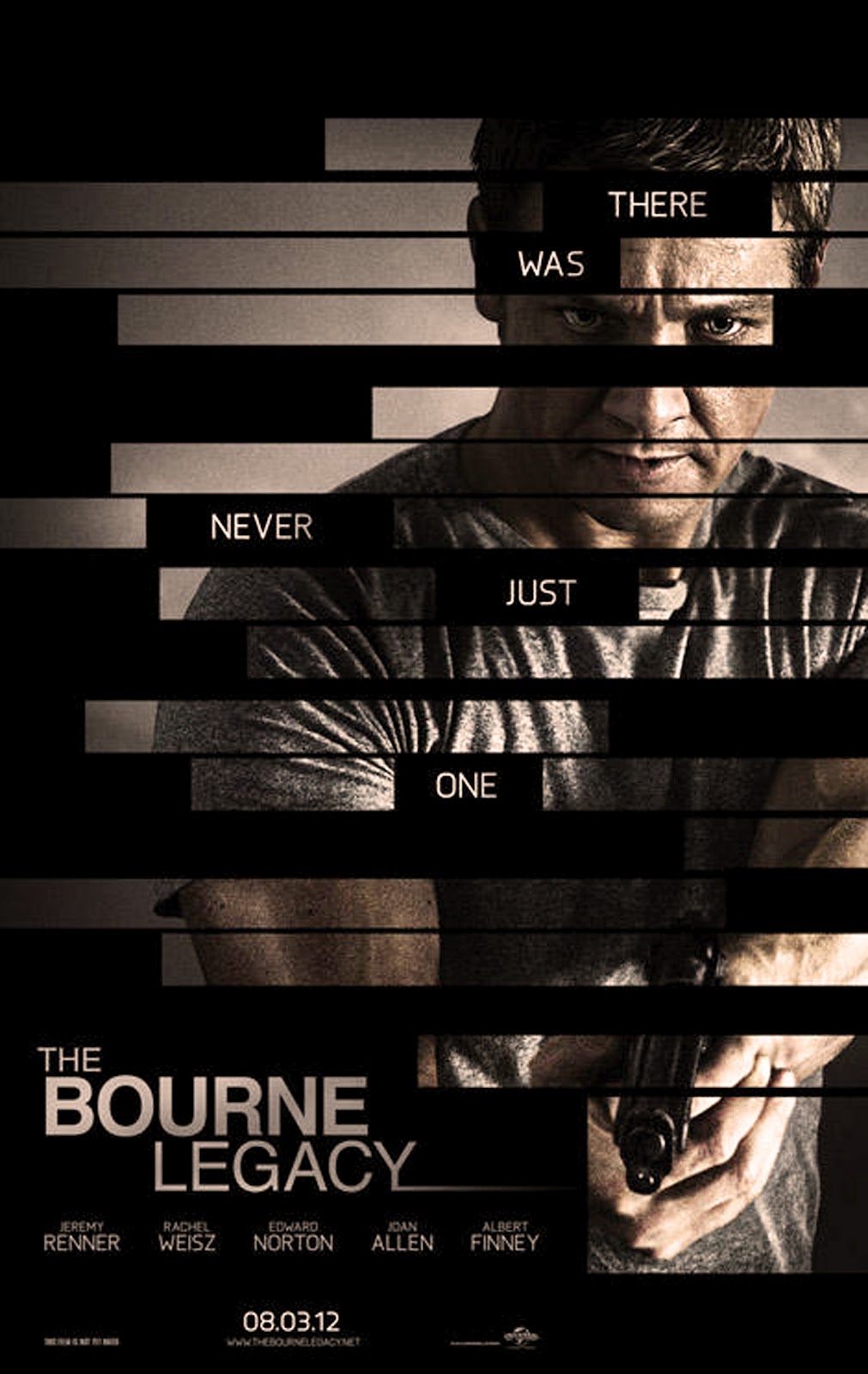This summer, the founder of Darb 1718, famed Egyptian artist Moataz Nasr organized Roadmap to the Renaissance, a contemporary art exhibition showcasing emerging Egyptian talents as well as international luminaries from the United States, Switzerland, and South Korea.
 Darb 1718 is a contemporary art and cultural centre, located in the Al Fustah area of Cairo, hidden amongst ateliers, artist studios, artisanal schools, and ceramic workshops. The city of Al Fustat, built by Muslim general Amr ibn Al’as in AD 641, was the very first Islamic capital of Egypt. For 6 centuries, it served as the epicentre of political power in Egypt. Today, Fustat is part of the Old Cairo neighbourhood.
Darb 1718 is a contemporary art and cultural centre, located in the Al Fustah area of Cairo, hidden amongst ateliers, artist studios, artisanal schools, and ceramic workshops. The city of Al Fustat, built by Muslim general Amr ibn Al’as in AD 641, was the very first Islamic capital of Egypt. For 6 centuries, it served as the epicentre of political power in Egypt. Today, Fustat is part of the Old Cairo neighbourhood.
In recent years, after the initial bloom of creative activities and exhibition spaces, there is suspense in the art community. Where do we go from here? The younger generation is looking for new directions. Roadmap to the Renaissance is a dialogue of tolerance and peace; we hold on for one more day of positivity and possibilities. Nasr challenges 18 artists to tell us in their own artistic mediums the way they feel about their presence, their visions, and Egypt’s place under the Sun.
Take my breath away
Mohamed Soudy (Cairo, 1981) with his fossilized female vertebrate, Yasmine Hazek’s (Cairo, 1989) Pregnant Bride and Mona Gharib’s (Cairo, 1981) Lovers in love series serve as windows to gaze into the inner psychology, challenges, and hardships women face in the second decade of the 21st century. Conservative, reactionary reproductive policy is making a comeback in multiple countries this year, is this a fade, or will this worrying trend continue to brew and develop?
Are wars always about defending your loved ones, your territory, and your values? Can war happen because of politics and profits, and even more superficial intentions, such as domination & national branding? Swiss national artist Alain Huck (Vevey, 1957) comments on these questions with his philosophical, effective films, Breath on Hemerocallis, and no see no bomb. Along with Egyptian sculptors Hebatullah El Khatib’s (Cairo, 1996), Mohamed El Gendy’s (Cairo, 1988) poetic, allegorical sculptures reflect on the consequences of physical conflict, and the price and sacrifices behind such conflicts.
Ibrahim Ahmed (Only the Dreamers Leave, Kuwait City, 1984) and Hana Beblawey (Hand & Hands, Cairo, 1995), Youmna El Sayed (Wide Angle, Cairo, 1997) and senior artist Wael Darwish (College of historical landmarks, Giza, 1975), tactfully and beautifully pinpointed and reminded us important issues and challenges that is plaguing our society. Under-employment, Labor rights, brain drain, and post-colonial dynamic continue to affect the lives of everyday people. These are not problems that can be solved by individuals. Maybe if we have patience and work cooperatively, we may be able to find a solution together. Sue Huang (New York, 1978) and Sherine Anis (Vienna, 1982?) cleverly highlight the interplay between immigration, adoption to the host country, and the increasing wave of xenophobia and hate crime in many global metropolises.
Like a prayer
 Mervat Allam (Something Tree, Cairo, 1982) and Mohamed El Mughraby (Geometry dictates, Cairo, 1985) offer their fellow Egyptian brothers and sisters a blueprint, optimism, and confidence that there might be salvation in science and technology, research, and development. How will advanced information technology, artificial intelligence, and cutting-edge robotics change the bodies and, more importantly, emotional and psychology of the Egyptian people? Filipino photographer MM Yu (1978, Manila) and South Korean videographer Kim Taejoong (1986, Seoul) showed us that whether you grew up in Manila, a city on the edge environmental collapse due to rapid economic development or futuristic, or 5G-powered post-capitalistic Seoul; one can always find beauty in the breakdown and should always find the time to dance and play.
Mervat Allam (Something Tree, Cairo, 1982) and Mohamed El Mughraby (Geometry dictates, Cairo, 1985) offer their fellow Egyptian brothers and sisters a blueprint, optimism, and confidence that there might be salvation in science and technology, research, and development. How will advanced information technology, artificial intelligence, and cutting-edge robotics change the bodies and, more importantly, emotional and psychology of the Egyptian people? Filipino photographer MM Yu (1978, Manila) and South Korean videographer Kim Taejoong (1986, Seoul) showed us that whether you grew up in Manila, a city on the edge environmental collapse due to rapid economic development or futuristic, or 5G-powered post-capitalistic Seoul; one can always find beauty in the breakdown and should always find the time to dance and play.
Roadmap to the Renaissance opens at 7:30 pm, Tuesday, June 11th, 2019, Darb 1718. June 14th (Artist talk, Darb 1718). August 2nd (Finissage, Darb 1718). The exhibition will run for 8 weeks.
The exhibitions run until August 11.





